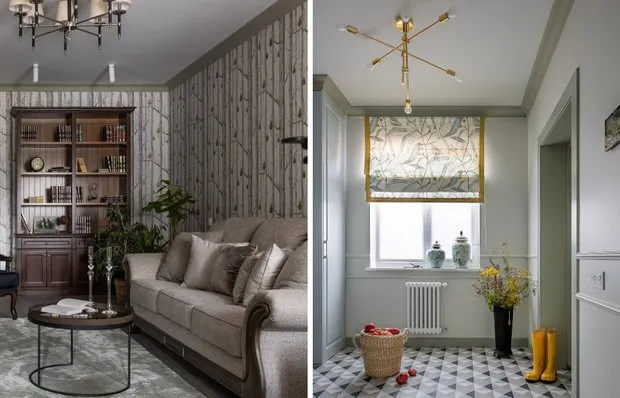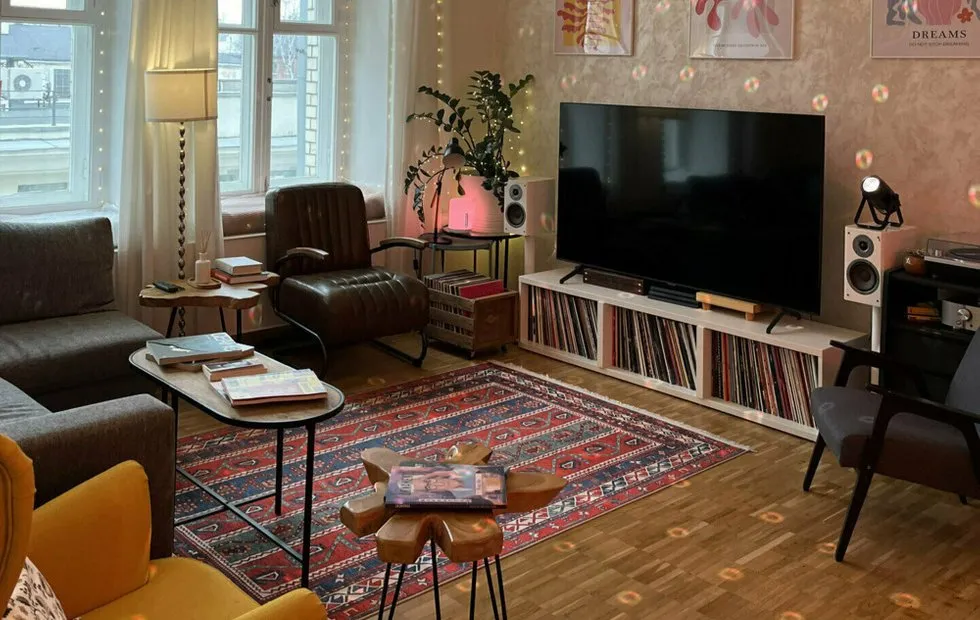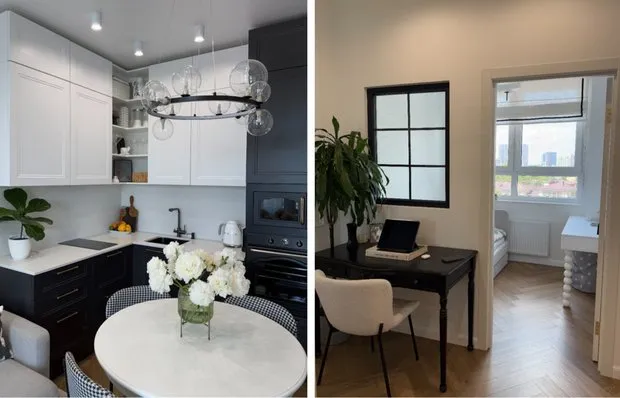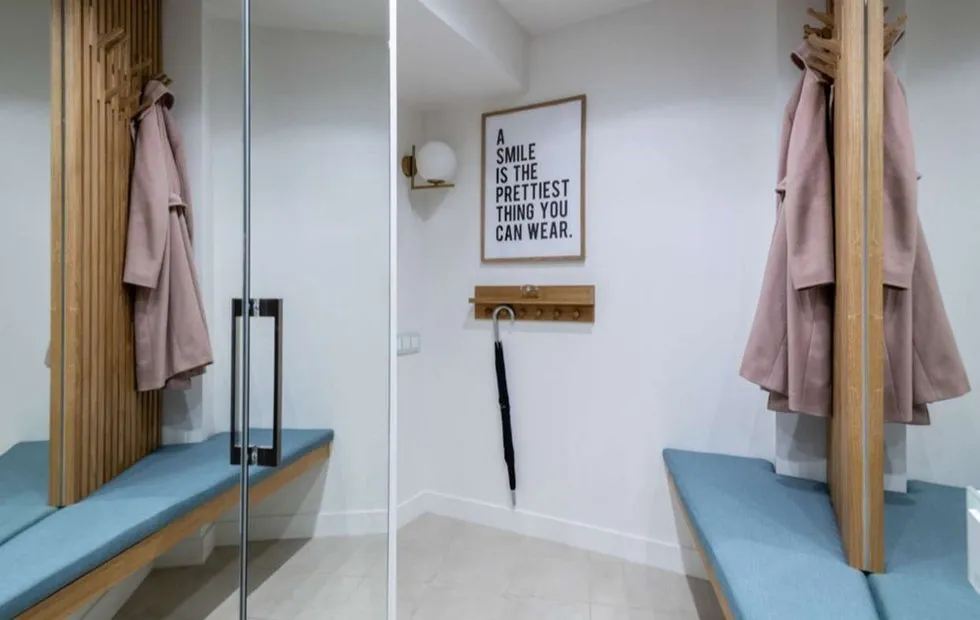There can be your advertisement
300x150
Secrets of Elegance: Coco Chanel's Lifestyle and Style Rules
Chanel didn't just create clothing, she shaped a new ideal of the modern woman
Coco Chanel lived for 87 years, working until her last day. Even on Sunday, January 10, 1971, she was busy preparing a new collection at her atelier on Rue Cambon. The woman who changed 20th-century fashion followed a simple philosophy: 'Luxury must be comfortable, otherwise it is not luxury.' Her own lifestyle became an inspiration for millions of women — a slim figure, short hair, tanned skin, active lifestyle and financial independence. Chanel didn't just create clothing; she shaped a new ideal of the modern woman.
Main points from the article:
- Chanel lived between two worlds: worked on Rue Cambon, slept at the Ritz hotel;
- Her lifestyle itself was a manifesto — activity, independence, elegant simplicity;
- Main style rules: quality over quantity, simplicity as the highest art;
- Work was her form of self-expression and source of energy until the very end;
- The philosophy of beauty was built on comfort and freedom of movement.
Two Lives in One City
From 1937, Chanel lived in a unique regime, dividing her life between two addresses. During the day she worked at her atelier on Rue Cambon, 31, where her apartment above the studio had no bedroom. In the evening she returned to her suite at the Ritz hotel, which she rented for more than 30 years until her death.
This 188-square-meter suite on the second floor with a view of Place Vendôme became her true home. Chanel called the hotel 'my home' — there she rested, hosted close friends, and planned new collections. Black and white dominated the suite's interior in line with her belief that 'black is timeless'.
This spatial division was not accidental but philosophical. Work time — for creativity and business, home — for rest and reflection. This clear boundary helped her stay productive and maintain energy.
Work as a Lifestyle
In her final day, despite Sunday, the 87-year-old Chanel was working on a new collection. The day before her death, staff saw her at the atelier on Rue Cambon checking every detail, selecting fabrics and examining buttons. For her, work was not a duty but a form of self-expression.
'My life didn't please me, so I created my own life,' Chanel said. This phrase reflects her approach to everything: if something doesn't suit, change it rather than complain. Work was her way of changing the world — first the fashion world, then perceptions about feminine beauty and independence.
In the 1920s, Chanel's empire included a fashion house, textile business, perfume laboratories, and a jewelry workshop employing 3500 people. She was not just a designer but an entrepreneur who understood all aspects of business.
The Philosophy of Beauty: Be Yourself
Chanel's own lifestyle inspired her ideas about how modern women should look, behave and dress everywhere. Her slim boyish figure and short hair became an ideal, as did tanned skin, active lifestyle, and financial independence.
Before Chanel, a tan was considered a sign of low origin — aristocrats protected pale skin. She first made tanning fashionable, showing that healthy skin was more beautiful than artificial paleness. This principle became the basis of her philosophy: naturalness over conventions.
'At 20 you have the face nature gave you. At 30 — what life shaped. And at 50, the face you deserve,' one of Chanel's most famous quotes on beauty. She believed that appearance reflects a person's inner state and lifestyle.
Style Rules from the Great Mademoiselle
Chanel created several simple but revolutionary rules of style still relevant today. 'Pearls are always right' — she believed no woman should not be able to wear pearls. Yet she never wore more than three pearl accessories at once.
'When choosing accessories, take off what you put on last' — her advice to avoid over-accessorizing. Elegance, in Chanel's view, lay in moderation and sensibility.
'If a woman is well-shod, she is well-dressed' — shoes were the foundation of any look for her. Comfortable and high-quality footwear allowed women to move with dignity, more important than any ornament.
'If you are struck by a woman's beauty but can't recall what she was wearing — then she was perfectly dressed,' Chanel described ideal style. Clothing should accentuate the woman, not overshadow her.
The Revolution of Comfort
Chanel's elegant everyday designs inspired women to abandon complex and uncomfortable clothing — corsets and underskirts that dominated at the beginning of the 20th century. She liberated women not from feminist motives but for practicality — a beautiful woman should move beautifully.
Before the designer started working with it, jersey was mostly used for men's undergarments. During her financially unstable early career, Chanel bought jersey mainly because of its low cost. However, the fabric's quality ensured she continued using it long after her business became profitable.
'Luxury must be comfortable, otherwise it is not luxury' — this principle became the foundation of Chanel's entire creativity. She proved that elegance does not require suffering or discomfort.
The Little Black Dress as a Symbol
In 1926, an American magazine Vogue compared Chanel's 'little black dress' to Ford Model T for its universality and popularity. This dress became a symbol of democratizing fashion — simple, elegant, accessible, suitable for any occasion.
The design of the world-famous black dress originated in 1926. It celebrated its greatest success with Audrey Hepburn in the romantic comedy 'Breakfast at Tiffany's' (1961).
Before Chanel, black was associated only with mourning. She rehabilitated black, making it a symbol of elegance and universality. 'In black there is everything, even white,' she said.

Photo from website: pinterest.com
Accessories as the Finishing Touch
Chanel's passionate interests inspired her fashion choices. Her apartment and clothes followed her favorite color palette — beige, black and white tones. Elements from her art collections and theatrical interests also provided themes for her lines.
Famous chain bags emerged from practical needs. 'I was tired of carrying handbags, and I always lost them,' Chanel explained in 1954. The chain allowed her to wear the bag on her shoulder, freeing up hands — a revolutionary solution for its time.
By the late 1950s, she also introduced several other iconic pieces — a quilted bag with gold chains and two-tone shoes.
The Legacy That Lives On
Chanel died on January 10, 1971 at the Ritz hotel where she lived for over 30 years. Her funeral in the Church of Madeleine drew several thousand people, including top figures from high fashion. In respect, many attendees were dressed in Chanel suits.
Throughout her career, Chanel successfully packaged and sold her personal views and style, making her a key arbiter of feminine taste throughout the 20th century.
Today, Chanel's principles remain relevant: comfort over effect, quality over quantity, simplicity over complexity. Her approach to life and style shows that true elegance depends not on age, money or origin but on the ability to be yourself and carry it with dignity.
'To be indispensable, you must always be different' — this quote from Chanel remains a relevant advice for everyone seeking to find their style and maintain individuality in the world of mass consumption.
Cover from website: dzen.ru. Coco Chanel, 1926 and 1936 / Photo: Mike de Dulmen/Courtesy of Chanel
More articles:
 6 Design Ideas from a Forest Cottage Near Samara You Can Replicate Too
6 Design Ideas from a Forest Cottage Near Samara You Can Replicate Too 7 Ideas from a House in Bashkortostan That Will Fill Interior with Harmony of Nature
7 Ideas from a House in Bashkortostan That Will Fill Interior with Harmony of Nature How to Make a Rental Apartment Cozy Without Violating the Lease
How to Make a Rental Apartment Cozy Without Violating the Lease 6 Ideas for a Kitchen Up to 6 m² That Everyone Can Replicate
6 Ideas for a Kitchen Up to 6 m² That Everyone Can Replicate Khrushchev vs Euro Renovation: What Can Be Done for 200 Thousand Rubles
Khrushchev vs Euro Renovation: What Can Be Done for 200 Thousand Rubles Maximize Space in a 36 sqm Eurodouble
Maximize Space in a 36 sqm Eurodouble Mia Pliyescaya's Apartment on Tverskaya: How the Greatest Ballerina Lived at Home
Mia Pliyescaya's Apartment on Tverskaya: How the Greatest Ballerina Lived at Home Narrow 2 sq m Entrance Hall: What to Remove, Add, and Where to Find Space for Everything
Narrow 2 sq m Entrance Hall: What to Remove, Add, and Where to Find Space for Everything